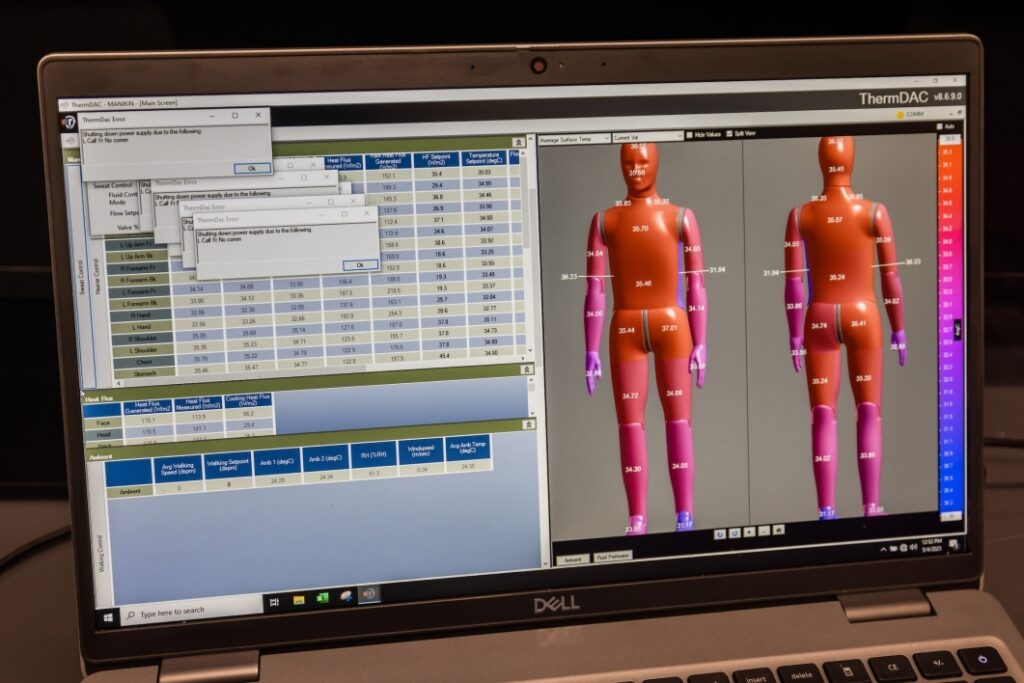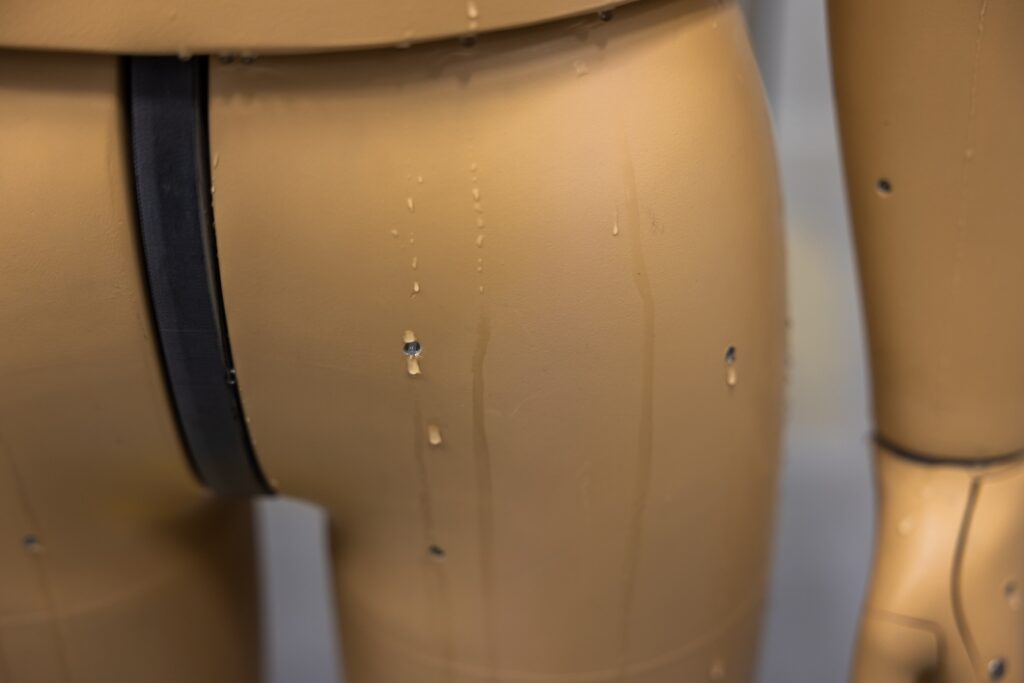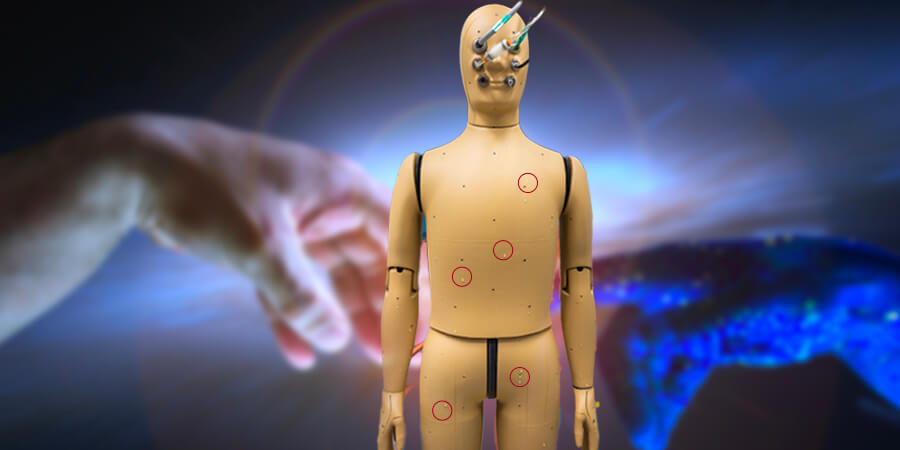ANDI: The World’s First Indoor-Outdoor Thermal Robot Manikin

In the coming years, the United States and many parts of the world will likely experience extreme heat, a major cause of death in several countries today.
What is ANDI?
A team of researchers from Arizona State University is currently conducting a study to understand heat stress and its effects on the human body. They aim to know why hot weather can be deadly. The research team uses ANDI, a thermal manikin robot. There are ten manikins like ANDI worldwide, and athletic clothing manufacturers use eight to test their garments. Only two other manikins are used by research institutions. However, ANDI is custom-built for the university’s research, and with its unique internal cooling channel, it is the only one that can be used outdoors. Likewise, it is the world’s first indoor-outdoor thermal manikin that walks, breathes, and sweats. In short, ANDI reacts to indoor and outdoor temperatures.
ANDI, custom-built by Thermetrics for the use of the university’s research team, can mimic the human body’s thermal functions. The robot has 35 different surface areas, each individually controlled with temperature sensors, bead sweat sensors, and heat flux sensors. As explained by Konrad Rykaczewski, the principal investigator of the project, ANDI can sweat, generate heat, breathe, walk, and shiver. While there are so many studies regarding extreme heat, he said that there are still plenty of insights missing. Their project aims to develop an excellent understanding of how heat affects the human body. The results will help them design materials or technology to address the problem quantitatively.

Perfect for the study
Another researcher, Jenni Vanos, who researched the connection of extreme heat to human health, said that it is dangerous to put humans in extreme heat situations; thus, a manikin robot like ANDI is perfect for such a study.
ANDI currently lives in a newly developed heat chamber at Arizona State University (ASU) called the Warm Room. In its home, the researchers can easily stimulate heat-exposure situations from various places worldwide. The heating chamber has advanced technologies to control solar radiation, extreme temperatures up to 140 degrees F, and wind.
ANDI is equipped to withstand extreme temperatures. The robot has internal cooling channels circulating cool water throughout its body. The system enables the manikin robot to stay cool to endure extreme heat. At the same time, the researchers measure complex variables contributing to a human’s perception of heat in varying environments, such as convection from the surrounding air, infrared radiation from the ground, and the sun’s solar radiation.
ANDI’s lead operator and ASU research scientist Ankit Joshi said the team could move different BMI models, medical conditions, and age characteristics into the manikin robot.
The customization allows them to study the different thermal regulations of a healthy person and persons with different medical conditions such as diabetes. They hope that the results of their study can help them develop new technology to overcome the impact of heat, which could include exoskeletons for backpacks to provide cooling support or cooling clothes.
Outdoor testing this summer
The team announced they would pair ANDI with their other robot, MaRTy, for another study phase this summer. MaRTy is a robot they created much earlier. It is a biometeorological heat robot that measures mean radiant temperature. They will walk the pair around the university campus to understand the human sweating process, such as changing core temperature, changing skin temperature, and identifying how particular environments can increase heat risks.
MaRTy can show scientists how the built environment alters the amount of heat hitting the body. However, MaRTy does not know what happens inside the body. It measures the environment, and ANDI will tell them how the body reacts to environmental changes. After walking around the Tempe campus of ASU, the duo will go around the greater Phoenix area so they can undergo testing in other heat-vulnerable environments. The team plans to expose them to several situations, including old mobile homes with broken air conditioning and exposed streets.
How a person experiences heat differs from another person. Thus, the ASU research team must expose ANDI and its partner, MaRTy, to different situations. For example, a child in elementary school will experience heat stress differently from an active woman in her 30s. Likewise, an older person with diabetes can react to heat stress differently under a 115-degree F temperature. The team needs to get as much data as possible to input into ANDI because body size, age, and health characteristics play vital roles in how humans respond to excessive heat. They also call for volunteers because the study results will affect various disciplines and sectors, such as sustainability, weather, engineering, fashion, manufacturing, and others.
